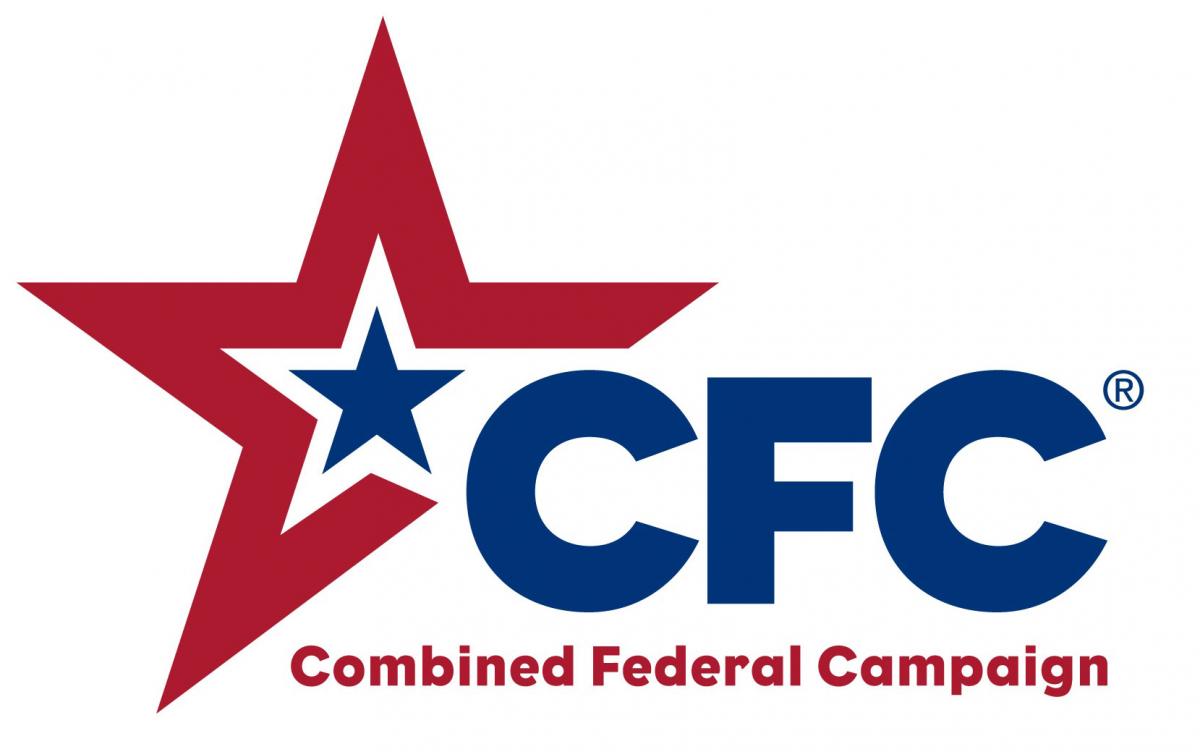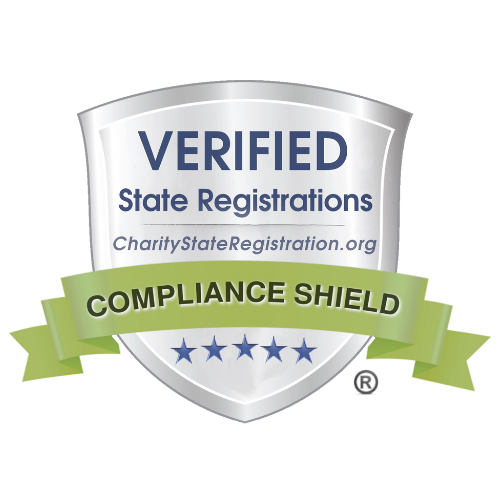Driver’s License Backgrounder
Last Updated
Topics
Why states should grant driver’s license to all residents
Granting immigration status is the job of the federal government. However, states regulate who may receive a driver’s license or identification card. Currently, thirteen states and the District of Columbia have made a major investment in highway and public safety by allowing undocumented residents to apply for limited-purpose license and identification documents. In addition, Oregon enacted the Equal Access to Road Act in 2019 to eliminate proof of lawful presence as a requirement for a noncommercial driver’s license. The state will begin issuing licenses under this law in January 2021.
The general requirements for undocumented immigrants to obtain driver’s licenses and IDs include proof of identity, such as a valid foreign passport; evidence of residency in the state, for example, a utility bill; and the application fee. Some states such as Delaware and Maryland require, in addition, proof of income tax filing in the state. Roughly, 37 percent of undocumented residents in the United States live in states where they can obtain a driver’s license or state ID card.[1] There are many practical reasons why all 50 states should offer this benefit to residents regardless of immigration status, such as improving road safety, advancing economic growth, and giving residents a chance to live independently and with dignity.
Issuing limited-purpose driver’s licenses and state IDs to undocumented immigrants is in line with federal law
The REAL ID Act is the federal law that establishes specific standards and procedures for states to issue driver’s licenses and ID cards to people who are unable to provide proof of lawful presence in the United States. [2] These documents may be used for limited activities, such as driving within the state, picking up prescriptions, or even opening a bank account in certain states. They cannot be used for official federal purposes, such as entering federal buildings, getting through airport security or voting. The Department of Homeland Security explained that the cards must clearly state they are not accepted for official purposes and must use a unique design to differentiate them from driver’s licenses and IDs granted to citizens and individuals with lawful presence in the U.S.[3]
Allowing all residents to obtain a license or state ID would promote public safety
Law enforcement officers may use driver’s licenses or state IDs to identify individuals they encounter. This can eliminate the need for officers to handle other identification documents, such as birth certificates or passports, which may not be readily available or may need to be translated into English. Law enforcement officials have the critical task of investigating crimes, responding to emergencies and keeping communities safe. A state-issued identification document would help officers focus on protecting the public rather than taking time away from their important duties to verify someone’s identity. In addition, these cards can be helpful to first responders in identifying people needing emergency medical assistance, which is critical to keeping accurate medical records.
Granting driver’s licenses to immigrants could improve road safety and accountability
Individuals are typically required to complete a driver’s education class, pass a written exam and take a behind-the-wheel driving test before obtaining a license to drive. During this time, the person learns to properly operate a vehicle, to interpret various traffic signs, and the rules of the road that make driving a safe activity. Knowledge of driving laws and practice, coupled with voluntary compliance with them, can contribute to highway safety.
States that have extended driving privileges to undocumented residents have seen the positive effect it can have on traffic. For example, California began offering driver’s licenses to undocumented residents in January 2015, and within the first year, the state issued more than 600,000 licenses. [4] By March 31, 2018, more than one million driver’s licenses had been issued to eligible recipients.[5] Research by Stanford University’s Immigration Policy Lab found that hit-and-run accidents in California had decreased by about 4,000 in the first year the state’s law was in effect.[6] Researchers stated that undocumented immigrants had weaker incentives to flee an accident scene because they had a valid driver’s license and because law enforcement officers were prohibited from reporting license holders to federal immigration authorities. In addition to the decline in hit-and-run accidents, the state saw savings for California drivers of $3.5 million in out-of-pocket expenses for property damage.[7]
Access to driver’s licenses can generate additional state revenue and create jobs
States generate revenue from driver’s education, application processing fees, testing fees, vehicle registration fees, and property taxes. In the first six months that California’s law was in effect, application fees alone for 443,000 undocumented immigrants generated more than $13 million.[8] In the fiscal note on Nevada’s legislative bill, the state Department of Motor Vehicles estimated first-year revenues of $1.4 million, offset by first-year costs of $713,000, which included a one-time charge of $75,000.[9] In states or areas of states with large undocumented populations, officials may need to add offices, staff, or both, to handle the volume of applicants. California did this in 2015, hiring 1,000 employees and opening four offices.[10] States with smaller undocumented populations or limited resources may not need to increase offices or staffing on the outset, but they may need to provide training for motor vehicle staff on new procedures and documentation required for licenses for undocumented applicants.
Individuals who may be homeless or reentering society after a long absence can use these limited-purpose licenses and IDs
Undocumented immigrants are not the only residents who could use these documents because of the difficulty in providing proof of lawful presence. Individuals that are affected by homelessness or returning from incarceration, for example, may not have a U.S. passport, or their birth certificate or Social Security card available to support their application. Gathering these documents takes time and can cost money, which can be additional barriers. Providing driver’s licenses and IDs to individuals can help them in their search for a home or a job and assist in the reintegration process overall.
Driver’s licenses will enable residents to access more businesses, both as consumers and employees
Extending driver’s licenses to all residents expands access to resources outside their immediate neighborhoods. This allows individuals to apply for jobs with companies and shop in stores that are not convenient to walking, bicycling, or bus routes. This, in turn, enhances their ability to provide for their families and patronize services they otherwise would not be able to.
Driving is an important necessity in many places across the United States, particularly rural and suburban counties, to have access to employment, health care, education, worship and other components of living. Restrictive driver’s license policies can inhibit a community’s potential for growth, development, and long-term social integration.
Appropriate confidentiality policies promote success in a program of licensing undocumented immigrants
Undocumented immigrants have responded in large numbers to states that include confidentiality provisions in their laws. For example, California law prohibits motor vehicle staff from disclosing to anyone information they receive on applications, unless required by law.[11] More than half of the state’s 2.2 million undocumented residents have received driver’s licenses since the law took effect. Implementing procedures to protect individuals’ private data can help reduce fear residents might have about disclosing their undocumented status to authorities. Moreover, confidentiality policies show that the state government is committed to protecting residents' privacy and earning their trust, which are critical to promoting the success of a licensing program.
Driver’s licenses can foster independence and community development
There is no evidence that restrictive licensing policies reduce the number of undocumented immigrants in a state or locality. However, limiting access to driver’s licenses can affect communities’ ability to benefit fully from the economic and cultural contributions of residents that are impacted. Individuals’ decisions to accept employment, expand their businesses, or live independently can be limited by transportation considerations.
These licenses would provide means for mobility, especially in areas where public transportation is scarce. Many immigrants live in areas where options are few for going to immigration court hearings, ICE check-ins, work, or even taking children to and from school. In the absence of a car, it could take several hours of travel time to complete these activities. Some individuals must rely on others for transportation and work around the driver’s availability. Expanding access to licenses would enable individuals and their families to do simple daily tasks, such as grocery shopping, going to a doctor’s appointment, and fulfilling obligations to attend court hearings.
Granting driver’s licenses and IDs to all residents promotes human dignity and advances the welfare of society
The Catholic principles of migration tell us that the human dignity and rights of immigrants should be respected.[12] As Pope John XXIII reminds us, having access to the resources such as food, housing, medical care and other critical social services is an integral part of maintaining that human dignity.[13] Expanding access to a driver’s license or a state-issued ID to all residents would increase their ability to obtain these resources with less difficulty. Additionally, this newfound mobility would provide individuals with new avenues to support themselves and their families, a goal which is often an important factor in their decision to immigrate. This familial stability not only falls in line with another aspect of Catholic social teaching, the Call to Family, Community, and Participation, it expands upon it by allowing immigrants to contribute to the economic prosperity and social development of their society. [14]
[1] “Deciding Who Drives: State choices surrounding unauthorized immigrants and driver’s licenses,” The Pew Charitable Trusts, August 2015 available at https://www.pewtrusts.org/en/research-and-analysis/reports/2015/08/deciding-who-drives.
[2] REAL ID Act of 2005, Pub. L. No. 109-13, 119 Stat. 312. 2005.
[3] U.S. Department of Homeland Security, “REAL ID Frequently Asked Questions for the Public,” last published October 2, 2018, available at https://www.dhs.gov/real-id-public-faqs.
[4] “AB 60: 605,000 Driver’s Licenses Issued in First Year,” California Department of Motor Vehicles, January 6, 2016, available at https://www.dmv.ca.gov/portal/dmv/detail/pubs/newsrel/newsrel16/2016_01.
[5] Benjy Egel, “More than a million undocumented immigrants have received California driver’s licenses,” The Sacromento Bee, April 5, 2018, available at https://www.sacbee.com/news/politics-government/capitol-alert/article207939584.html.
[6] Mary Duan, “Should States Driver’s License to Unauthorized Residents?” Insights By Stanford Business, April 3, 2017, available at https://www.gsb.stanford.edu/insights/should-states-give-drivers-licenses-unauthorized-residents.
[7] Ibid.
[8] Eric Gribble, “States Continue to Expand Access to Driver’s Licenses for Undocumented Residents,” American Immigration Council, August 19, 2015, available at http://immigrationimpact.com/2015/08/19/states-continue-to-expand-access-to-drivers-licenses-for-undocumented-residents.
[9] “Executive Agency Fiscal Note, SB 303,” Department of Motor Vehicles, March 23, 2013, available at https://www.leg.state.nv.us/Session/77th2013/FiscalNotes/5654.pdf.
[10] Jennifer Media, “California Effort to Issue Driver’s Licenses to Immigrants Receives Surge of Applicants,” The New York Times, August 8, 2015, available at https://www.nytimes.com/2015/08/09/us/california-effort-to-issue-drivers-licenses-to-immigrants-receives-surge-of-applicants.html.
[11] See California’s AB 60 (2013) available at https://leginfo.legislature.ca.gov/faces/billNavClient.xhtml?bill_id=201320140AB60.
[12] Catholic Principles of Migration available at https://justiceforimmigrants.org/what-we-are-working-on/immigration/catholic-principles-of-migration/
[13] St. John XXIII, Peace on Earth, No. 11, available at http://w2.vatican.va/content/john-xxiii/en/encyclicals/documents/hf_j-xxiii_enc_11041963_pacem.html.
[14] Seven themes of Catholic Social Teaching available at http://www.usccb.org/beliefs-and-teachings/what-we-believe/catholic-social-teaching/seven-themes-of-catholic-social-teaching.cfm






